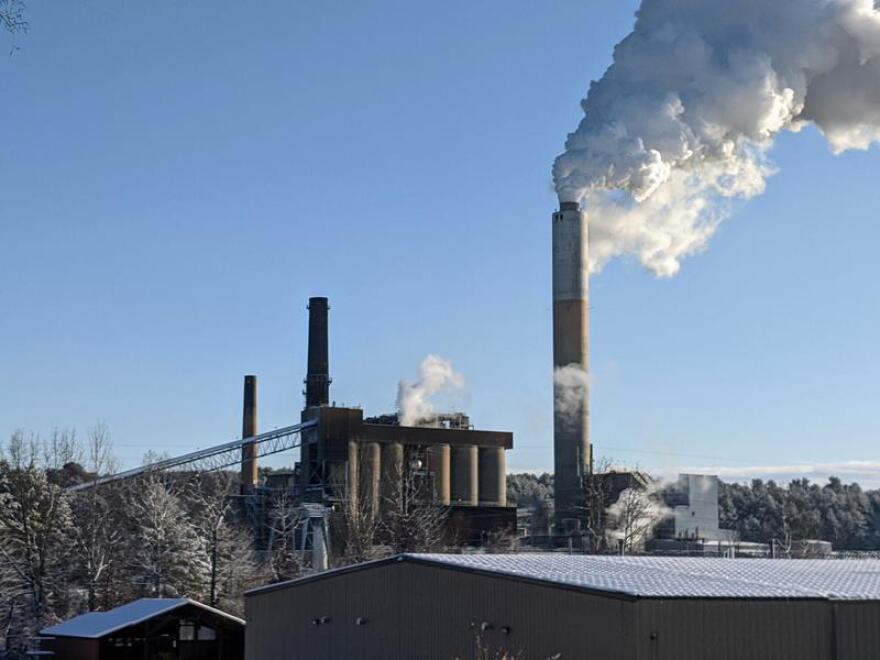Scientists and locals concerned over the health of Mangawhai’s Distal Spit are asking where does the buck stop when it comes to the iconic landmark’s decline.A recent aerial survey showing the loss of more than 400,000 tonnes of sand from Mangawhai’s Distal Spit has brought the issue of sandmining into sharp focus.The drone-based LiDAR (Light Detection and Ranging) survey was presented by two environmental experts at a meeting on March 21, hosted by the Mangawhai Restoration Harbour Society.
Attendees included Northland Regional Council, Department of Conservation, Environs Te Uri o Hau and Mangawhai Matters (MF Apr 7).While the official cause of the spit’s erosion remains unconfirmed, local voices are calling attention to long-standing offshore sand extraction activities.“The sand miners will argue that there’s no proof offshore mining has caused erosion of the Mangawhai sandspit and Pakiri shoreline,” coastal processes expert and Bream Bay resident Andre La Bonte says.

“But their argument isn’t backed by any significant New Zealand data, and it is strongly contradicted by overseas research.“Now, most importantly, these latest Mangawhai spit LiDAR surveys confirm an alarming rate of sand loss.”Auckland-based company McCallum Brothers has been sandmining along the Mangawhai-Pākiri coast since the 1950s and has submitted a Fast Track application to extract 250,000 cubic metres of sand annually for 35 years, primarily for Auckland’s concrete industry.
The application has faced strong opposition including a petition with 14,000 signatures delivered to Parliament, calling for a ban on dredging in Bream Bay.Save Our Sands member Ken Rayward, who has attended multiple sandmining hearings over the last four years, says McCallums has a troubling pattern of mining activity.“It was a company strategy to dredge after heavy weather events such as Cyclone Hale and Gabrielle when it was easier to dredge freshly moved sand,” he says.
“This sand should be returned to the beach, but McCallum’s practice disrupts the natural cyclical process and creates further beach erosion.”In early 2021, Pākiri resident Damon Clapshaw discovered trenches on the seafloor caused by McCallum’s sand extraction operations.Measuring up to 2.
7 metres deep, 15m wide and three kilometres long, the trenches exceed the conditions set by the mining company’s resource consent and had not been disclosed by McCallums, even to their own expert scientists.Clapshaw’s findings contributed to the Environment Court’s decision last year to decline the company’s application to continue extraction, and it is now under appeal.Until the appeal is resolved, the company is operating under a temporary consent.
Environmental groups say inadequate monitoring has exacerbated the situation with protest group, Bream Bay Guardians Malcolm Morrison saying “the buck stops with Auckland Council.”“McCallums dredged large trenches off Mangawhai-Pākiri that were well below the depth that they were permitted to do. But even after council was notified, they did not issue cessation notices – they ignored expert advice and did not follow up on breaches or chose not to take any enforcement action,” he says.
“Overseas data clearly shows that coastal sand extraction leads to erosion of adjacent shorelines for decades after mining stops.”Morrison said that the scale of environmental degradation was foreseen in 2023, when coastal restoration specialist Greg Jenks presented findings from a two-day survey warning that the Pākiri-Mangawhai beach system was approaching ecological collapse.“The big question remains – if McCallum’s sand dredging leads to catastrophic irreparable coastal damage, who will be accountable?”.
Environment

Spit erosion intensifies sand mining scrutiny

A recent aerial survey showing the loss of more than 400,000 tonnes of sand from Mangawhai’s Distal Spit has brought the issue of sandmining into...















